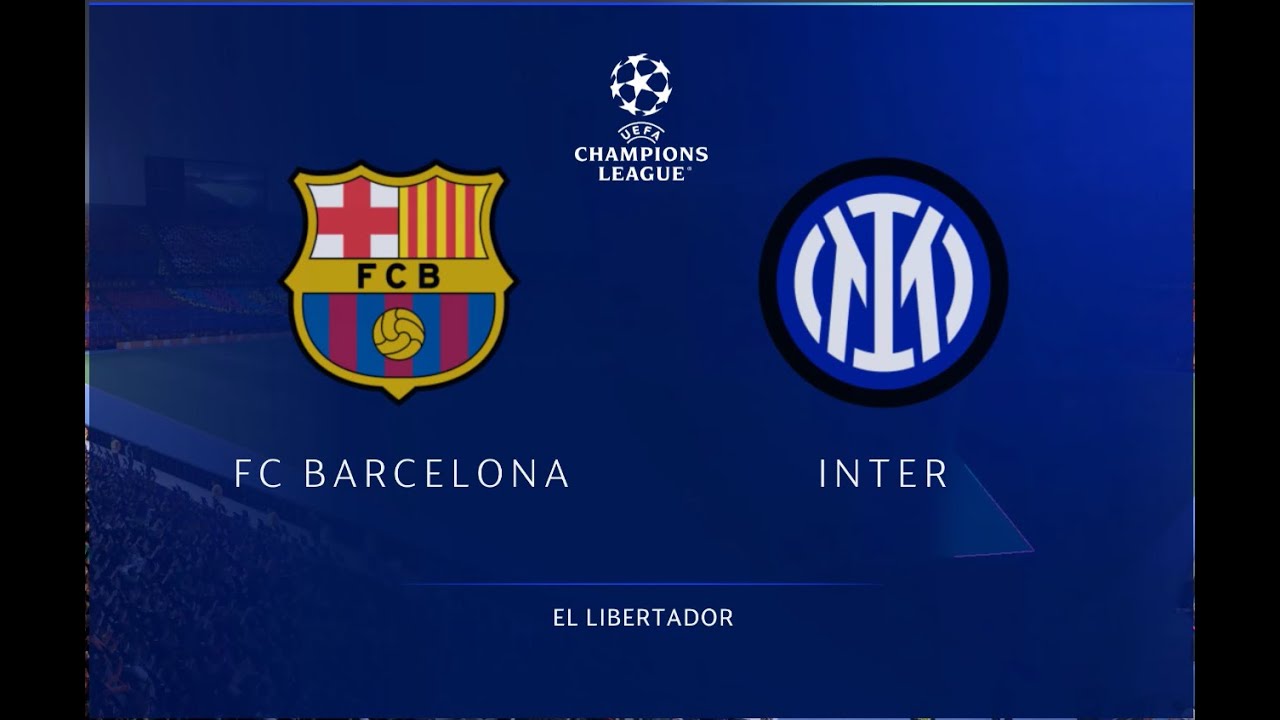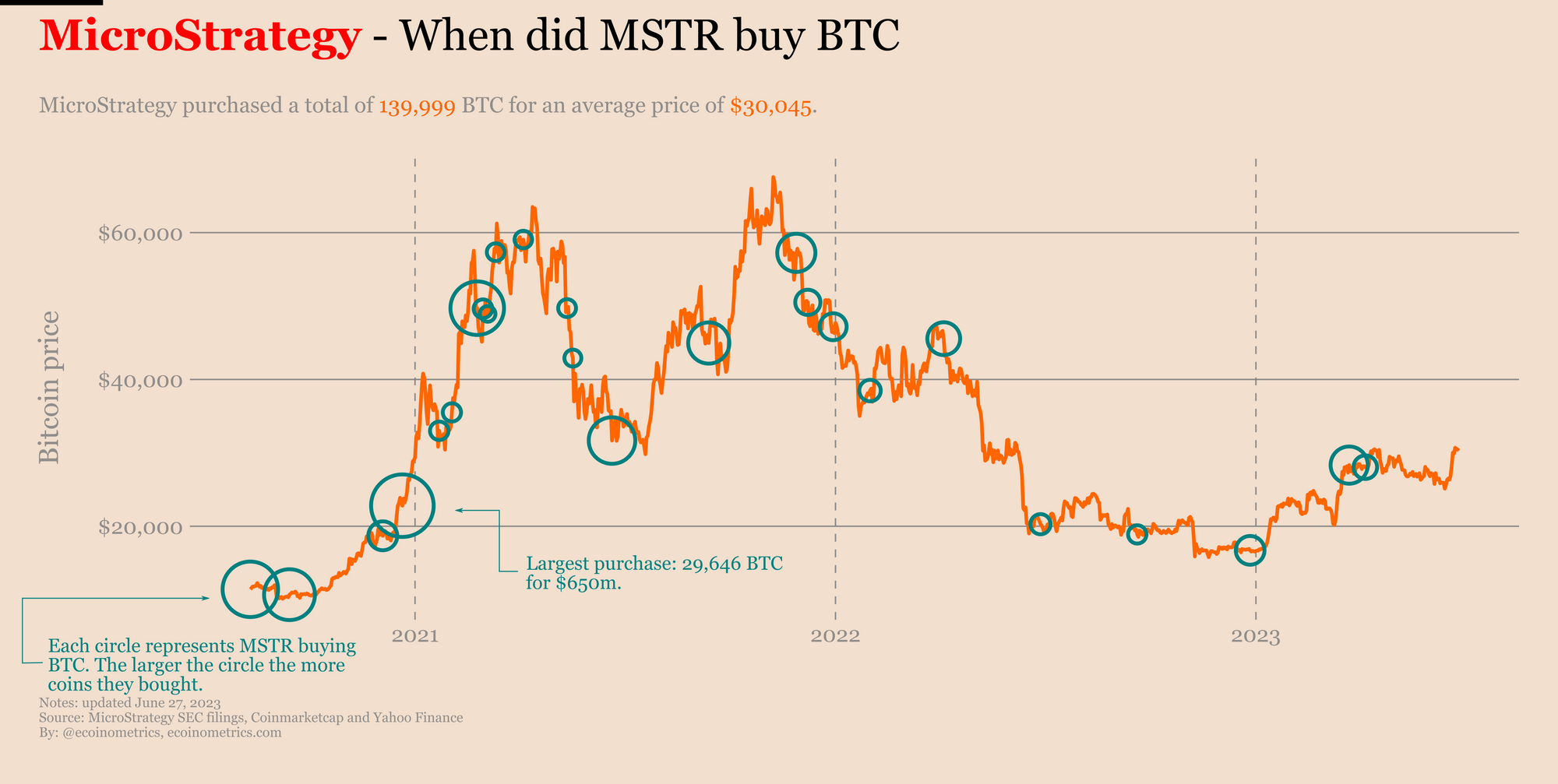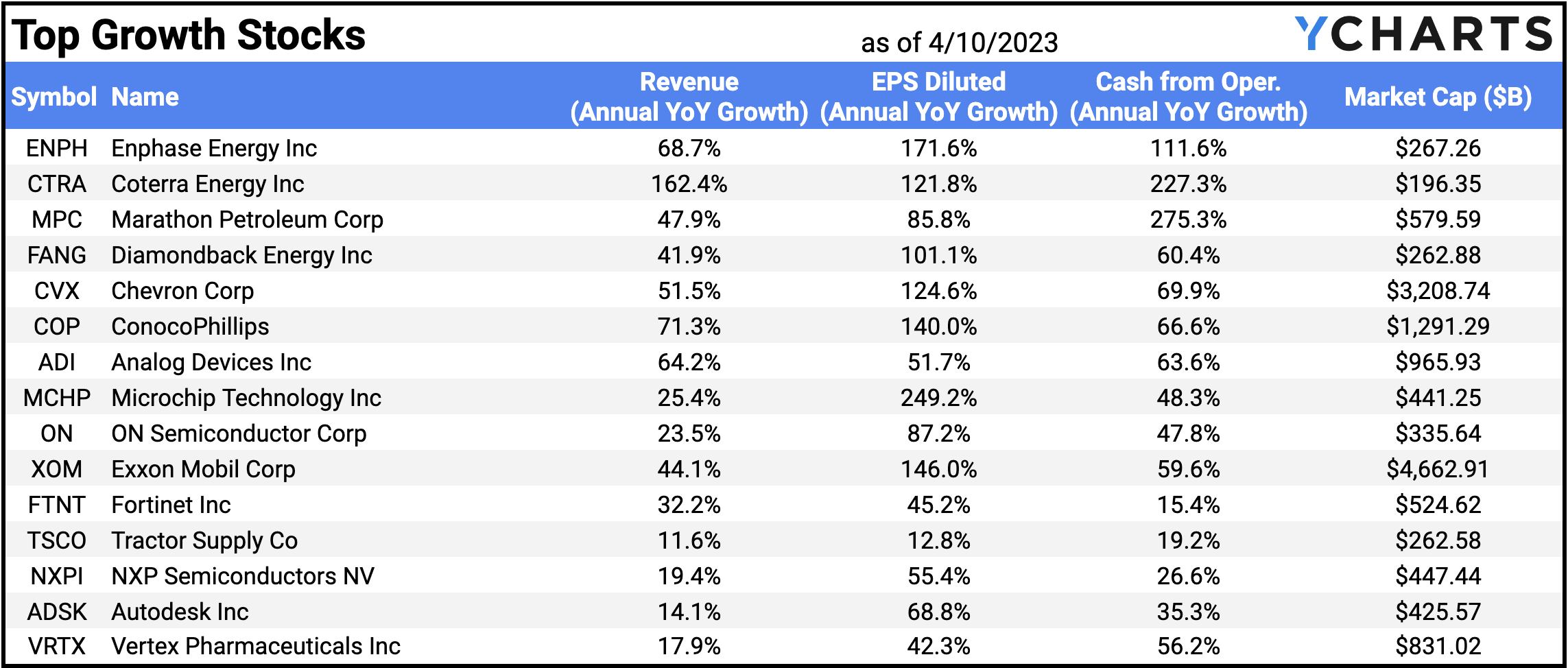Beyond Saving Private Ryan: A Military Historian's Guide To Realistic WWII Films

Table of Contents
Accuracy in Weaponry and Tactics
The portrayal of weaponry and tactical maneuvers is crucial for the authenticity of any WWII film. Even seemingly minor details can significantly impact the viewer's understanding of the conflict.
Depiction of Small Arms
Many films get the details of small arms wrong, leading to historical inaccuracies. Let's consider some examples:
- Inaccuracies: Some films depict soldiers using weapons incorrectly, employing unrealistic firing rates, or showing unrealistic weapon malfunctions. For example, the rate of fire often depicted for the iconic M1 Garand is frequently exaggerated. Similarly, the handling and reloading procedures for weapons like the MP40 are often misrepresented.
- Accuracy: Films like Das Boot (though focusing on the U-boat experience) are known for their meticulous attention to detail in showing submarine warfare. Others, while not perfect, strive for authenticity in their portrayal of small arms usage.
- Notable Examples: Contrast the relatively accurate depiction of weapons in Band of Brothers with some of the more fantastical portrayals in earlier war films. The difference is striking.
Tactical Realism on the Battlefield
Beyond individual weapons, the larger picture of battlefield tactics is equally important.
- Realistic Portrayals: Films that strive for realism often showcase the importance of cover and concealment, the coordination required in infantry assaults, and the brutal reality of tank warfare. The use of combined arms tactics is also often better depicted in more accurate films.
- Unrealistic Portrayals: Many classic war films showcase overly heroic and unrealistic individual actions, neglecting the importance of teamwork and strategic planning. The sheer chaos and unpredictability of combat is often simplified or omitted.
- Examples: The battle sequences in A Bridge Too Far offer a more realistic, albeit grim, depiction of the Allied campaign in Operation Market Garden than many other films.
Authentic Portrayal of the Home Front
The war wasn't confined to the battlefields; it profoundly impacted civilian life worldwide. A realistic WWII film must acknowledge this.
Civilian Life During Wartime
Accurately depicting the experiences of civilians presents significant challenges.
- Complexities of Civilian Life: Films need to show the everyday struggles – rationing, bombing raids, fear, and the pervasive impact of propaganda.
- Examples of Accuracy: Films exploring the resistance movements and daily life under occupation often capture the realities of fear and uncertainty, albeit with the limitations of cinematic storytelling.
- Examples of Inaccuracy: Conversely, some films portray civilian life in a simplified manner, ignoring the complexities of daily existence under wartime conditions.
The Role of Women and Minorities
The war effort involved all segments of society, including women and minority groups who often played crucial, yet often overlooked, roles.
- Accurate Representation: Films showcasing the contributions of women (as nurses, code breakers, etc.) and minorities in the war effort are crucial for a complete picture.
- Underrepresentation: Many classic war films severely underrepresented or presented stereotypical portrayals of these groups, failing to acknowledge their vital contributions.
Psychological Realism and the Human Cost of War
The psychological impact of war is a critical yet often overlooked aspect of realistic WWII films.
PTSD and Mental Health
The long-term effects of combat trauma are crucial for understanding the full impact of war.
- Realistic Portrayals: Films effectively portraying PTSD and other mental health challenges related to war provide a much-needed human perspective.
- Romanticized Portrayals: Many films downplay or ignore the psychological toll of war, focusing instead on heroic actions and minimizing the lasting effects on soldiers.
Moral Ambiguity and Difficult Choices
War necessitates difficult moral choices, both for soldiers and civilians. A realistic WWII film should explore these ambiguities.
- Exploring Moral Dilemmas: Films that showcase collaboration, resistance, and the ethical dilemmas faced by individuals during wartime offer valuable insights into the human experience of war.
- Simplified Morality: Conversely, many films simplify moral choices, neglecting the complexities inherent in wartime situations.
Recommended Realistic WWII Films
- Das Boot: A masterpiece showcasing the claustrophobic reality of submarine warfare. (IMDB Link)
- Saving Private Ryan: While not perfect, it set a new standard for realism in depicting combat. (IMDB Link)
- Band of Brothers: A miniseries with incredible attention to detail regarding unit cohesion and combat. (IMDB Link)
- The Thin Red Line: A visually stunning and philosophically profound portrayal of the Pacific Theater. (IMDB Link)
- Come and See: A brutal and unflinching depiction of the Eastern Front from the perspective of a young partisan. (IMDB Link)
Conclusion
To truly understand World War II, we must move beyond the simplified narratives of many popular films. By seeking out realistic WWII films, focusing on accuracy in weaponry and tactics, authentic portrayals of the home front, and psychologically nuanced depictions of the human cost of war, we can gain a deeper appreciation for this pivotal moment in history. Watch more realistic WWII films, explore the reality of WWII through film, and discover for yourself the power of truly realistic WWII films in fostering a more accurate understanding of the past. Only through acknowledging the complexities and ambiguities of war can we truly learn from its lessons and strive for a more peaceful future.

Featured Posts
-
 Dodgers Fall To Angels In Battle Of Injured Shortstops
May 08, 2025
Dodgers Fall To Angels In Battle Of Injured Shortstops
May 08, 2025 -
 March 29th Thunder Vs Pacers Complete Injury Update
May 08, 2025
March 29th Thunder Vs Pacers Complete Injury Update
May 08, 2025 -
 Spk Dan Kripto Platformlarina Yeni Duezenleme Sermaye Ve Guevenlik Sarti
May 08, 2025
Spk Dan Kripto Platformlarina Yeni Duezenleme Sermaye Ve Guevenlik Sarti
May 08, 2025 -
 Anons Matchey Ligi Chempionov Arsenal Protiv Ps Zh I Barselona Protiv Intera 2024 2025
May 08, 2025
Anons Matchey Ligi Chempionov Arsenal Protiv Ps Zh I Barselona Protiv Intera 2024 2025
May 08, 2025 -
 Seged Slavi Veliku Pobedu Nad Pariz U Ligi Shampiona
May 08, 2025
Seged Slavi Veliku Pobedu Nad Pariz U Ligi Shampiona
May 08, 2025
Latest Posts
-
 Micro Strategy Vs Bitcoin Investment A 2025 Perspective
May 08, 2025
Micro Strategy Vs Bitcoin Investment A 2025 Perspective
May 08, 2025 -
 110 Potential Why Billionaires Are Investing In This Black Rock Etf
May 08, 2025
110 Potential Why Billionaires Are Investing In This Black Rock Etf
May 08, 2025 -
 Azalan Karlilik Bitcoin Madenciliginin Sonu Mu Yaklasiyor
May 08, 2025
Azalan Karlilik Bitcoin Madenciliginin Sonu Mu Yaklasiyor
May 08, 2025 -
 Wall Street Predicts 110 Growth For This Black Rock Etf In 2025
May 08, 2025
Wall Street Predicts 110 Growth For This Black Rock Etf In 2025
May 08, 2025 -
 2025 Investment Outlook Micro Strategy Stock Vs Bitcoin
May 08, 2025
2025 Investment Outlook Micro Strategy Stock Vs Bitcoin
May 08, 2025
